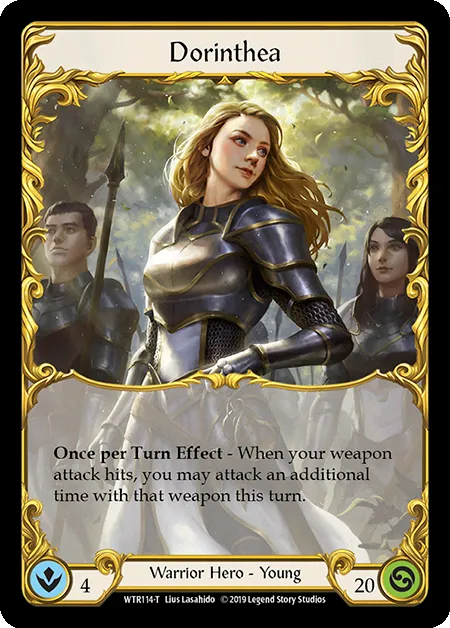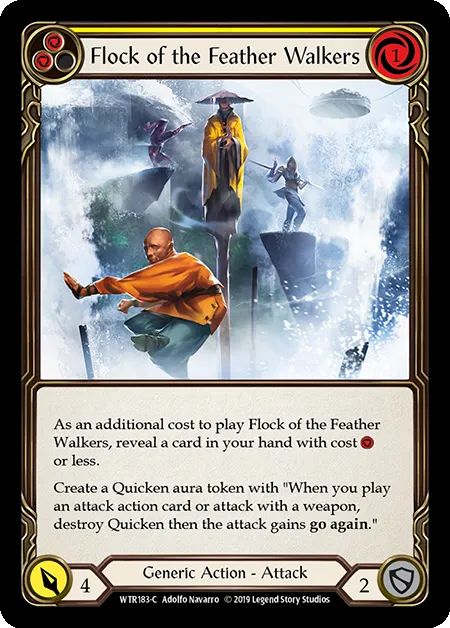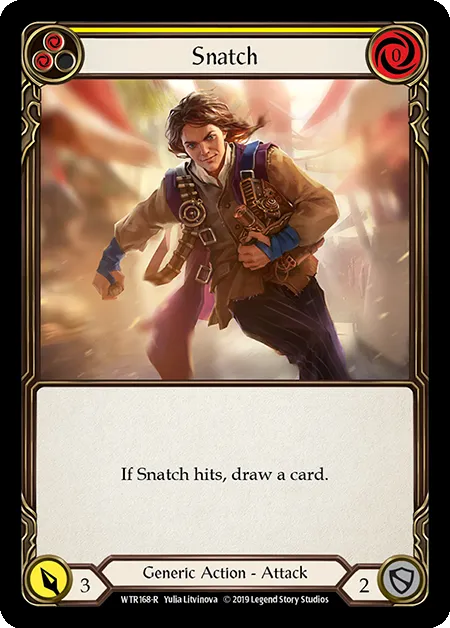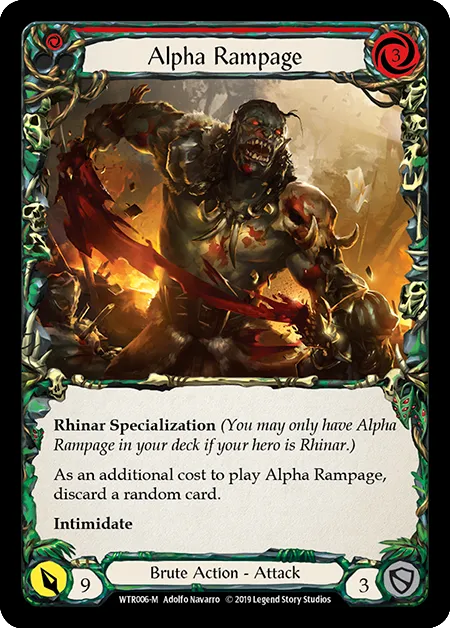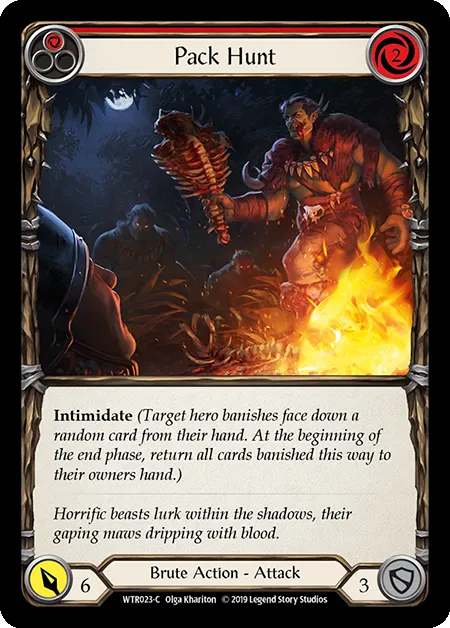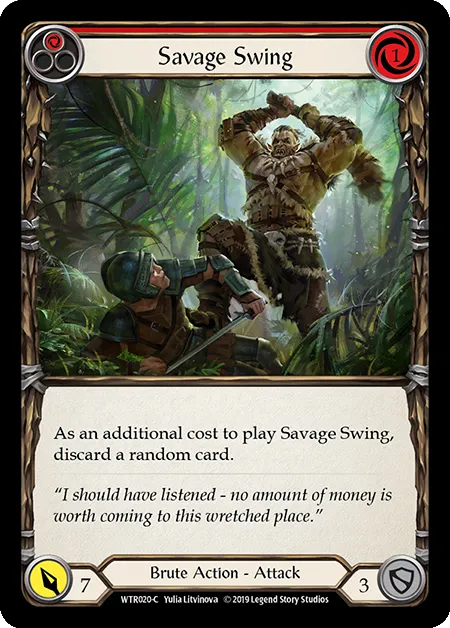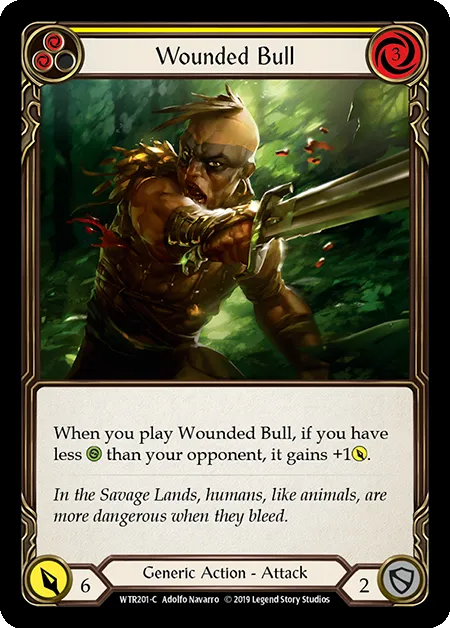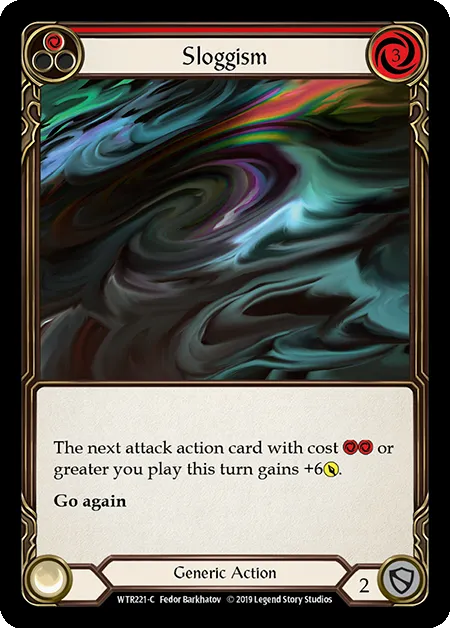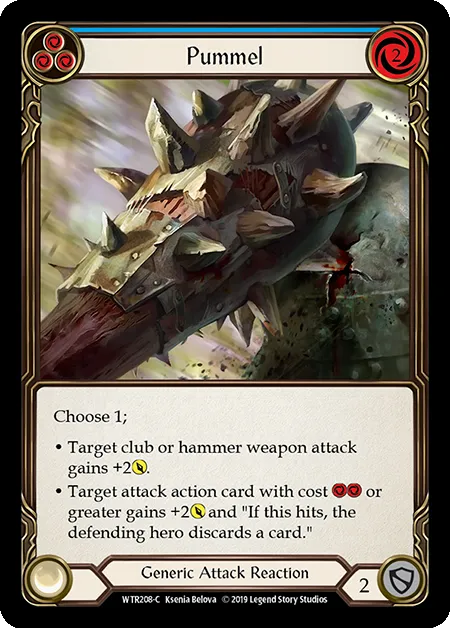Sealed deck is an important and major part of the Flesh and Blood experience. Following the release of each set, there will be a number of tournaments running across the world featuring sealed deck. With the release of Welcome to Rathe October 11, sealed deck will be the focus of our first high level tournament season.
First Things First...
The first thing you need to do when building your sealed deck, is open six booster packs and sort the cards into the 5 class types - Brute, Guardian, Ninja, Warrior, and Generic.
After you have done this, it's time to work out which hero to play and how to build your deck.
(Remember, you can play any of the 4 heroes regardless of whether you opened that hero in your booster packs. Young hero and weapon cards can be added to your card pool, usually provided by the tournament organizer or by pooling the hero and weapon token cards among the players in the event.)
Level 1:
Play your favorite hero
One of the great things about Flesh and Blood sealed deck, is it's really easy to build a deck that is okay.
If you want things to be as simple as possible, commit to playing your favorite hero, regardless of what you open in your booster packs.
Simply play every card of the hero's class that you open, and top up to 30 cards with generics.
The Level 1 guide to what generics to play:
- If you are playing Dorinthea or Katsu, put every generic that costs 0 or 1 into your deck.
- If you are playing Bravo or Rhinar, put every generic with cost 2 or 3 into your deck.
Level 2:
Play the class the with most "red" cards
Cards that pitch for {r} (red color strip) are high impact cards. If you choose the class with the most high impact cards, you are giving yourself a good chance to win games.
Choosing the correct generics to include in your deck is important to this approach because you not only need to consider synergy (such as putting 6 power cards in your Rhinar deck), but you also need to think about the pitch value of your deck in order to pay for your high impact cards.
Level 3
Analyze the synergies and support coming from your generics
After an initial review of your class cards, you turn to your attention to your generics to assess which class will get the most synergy from your generic cards.
For example, if your Ninja cards were interesting, but you have very few generic cards that cost 0, you may need to forget about playing Katsu today. However, if your generics had many cards with 6 or more power, then perhaps you need to look closely at how a Rhinar deck would come together.
This is a very simplistic example. There are deeper factors to consider with experience, such as whether a class needs impact or pitch support from your generic card pool, and generic card interactions with your class cards.
Level 4:
Experience
Flesh and Blood has many levels to it. As you build your experience with deeper strategy and card evaluation, you will see more and more possibilities unfold when you crack those six packs!
